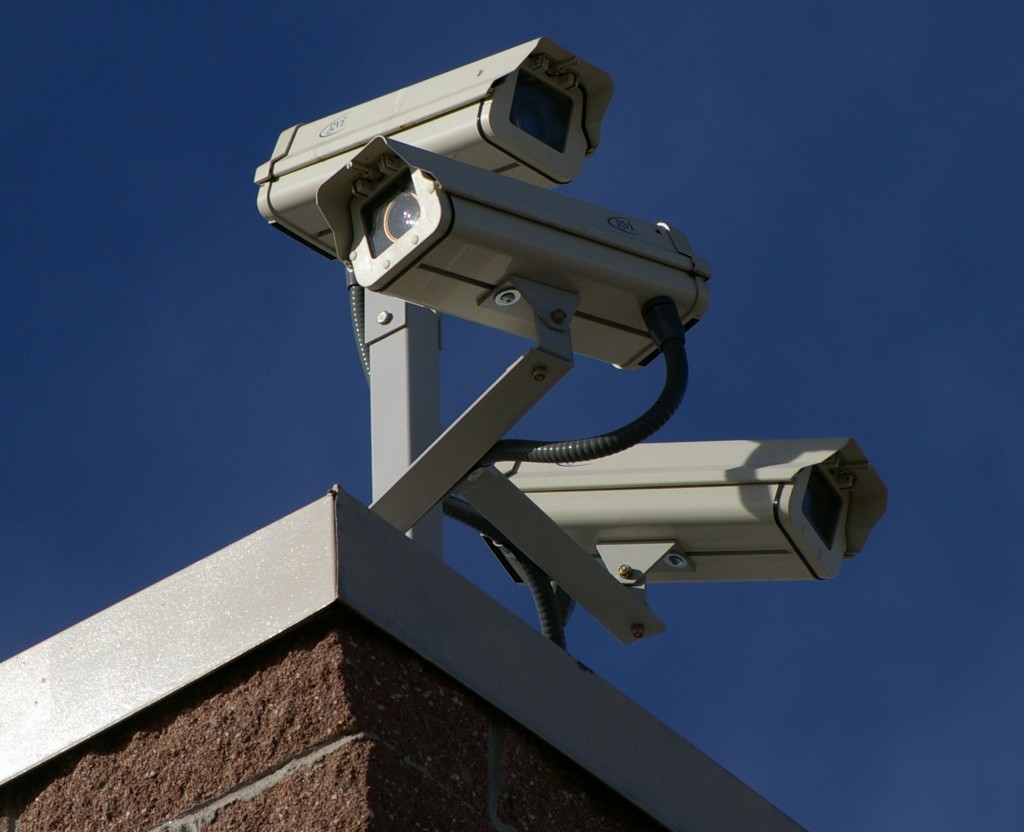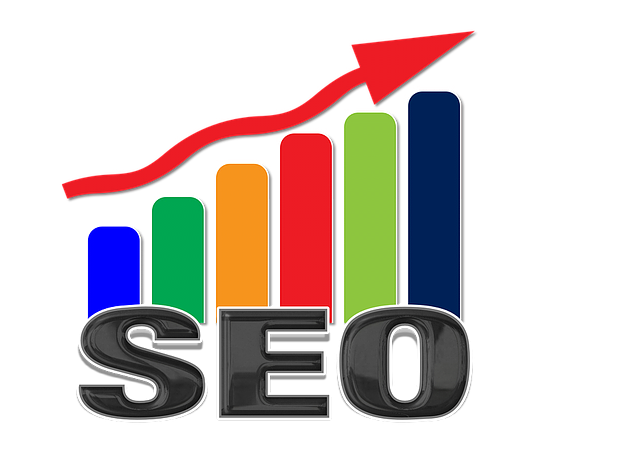Business strategy is everything. In a lot of ways, it is the be all and end all of success in business. What does that mean for you, though? Are you confident in your business strategy as it is? There’s every chance your strategy is working fine as of right now. What does that mean for the future, though? If you don’t have plans to improve it, then you’re going to get left behind. Using technology to enhance your business strategy is a great way of staying ahead. You need to be ahead of your competitors to succeed. Here are a few ways technology can put you in the lead.
Productivity Software
It’s likely any modern business today is using this. Productivity software is quite accurate to its namesake. When it was first introduced, it was a digital alternative to using hand-written or typed documents. As time progressed, it became the preferred choice due to how much quicker it made document creation and sharing. Now, it’s looking like productivity software’s only competitor is itself. The new version competes against the old one. Stronger features and new implementations of them mean that newer productivity software always wins out. So why is it that you are still using productivity software from five to ten years ago? Updating your software can be costly for a business due to buying the appropriate licences for use. Think about the money that can be made by increasing worker productivity though. To make money you need to spend money, and productivity software is an investment that pays back.
Employee Monitoring Software
It’s good to keep an eye on your employees. You can’t keep track of them all the time, of course. In certain circumstances, though, you need to keep records of their activities for performance review reasons. A simple spreadsheet can be used to tally up if they have hit their target for the day. You can create an alteration to the spreadsheet that totals up the final number into a weekly or monthly target. If the employee isn’t hitting that target, you can work with them to improve their performance. Systems like Health Assured absence management can also be used to keep an eye on employee illness. People get ill, that’s human nature. With software, you can observe when they are getting ill and for how long. You can see if there are any common times of the month or even the week when they are getting ill. You can also compare it to other employees. This can influence and revise your health and hygiene policy so you can try and keep your employees healthy and working.
Communication Tools
Immediate communication is one of the biggest advances technology has ever given business. No longer do people even have to walk across the office to pass on information, let alone to communicate with other parts of the business. Email was the first big thing in terms of modern technology changing business communication. Even today they are the preferred way to spread information widely throughout the business. For peer to peer and small group conversations though, you’ve got instant messaging clients. You don’t even have to install them either. Browser-based clients like Google Talk can be used for immediate conversation. It can even be installed on your phone. It’s helpful if you need to leave business messages out of hours and cannot access work email, or if you’re on the go.
Security Software
Whether you’re protecting the actual building or the content on the computers. Security software is an important part of your business strategy. Most people hear the words business strategy and think it only relates to trying to induce business growth. A business strategy must account for everything and anything. Potential theft, espionage, or sabotage is included in that.
First let’s talk about computer security software. All businesses are a threat to cyber attack. Whether they are a direct target or not, rogue software could get into the computer system of the business. The only way to completely make sure this cannot happen is to not be connected to any internet or wireless systems. In business, that isn’t going to work. Security software will put up a firewall to block any small-scale attempts to infect the system. Larger issues like malware and spyware will have to be counteracted by an anti-virus program. Threats larger than that will have to be stopped through encrypted data. If someone can hack into your system, there’s not much you can do to shut them out. What you can do is make the data encrypted and unreadable when removed from the system. It is possible it can be cracked, but good encryption could take years to do.
Next, let’s talk physical security. Physical security is now so much more enhanced thanks to software. Early security software was limited to closed caption television systems monitoring and recording a live feed. Now this can include heat and movement sensors. One of the classic ways of getting around the CCTV was to disable it or sneak around the camera’s vision. Now even if someone manages that, they still have to contend with the other sensors that they might not even be aware of. Silent alarms can also be sent to the Police to alert them to any intrusion.
Future Technologies
Technology is iterative. What technologies you have in your business now are likely to be similar to the ones in fifty years. The new technology is always built on something that came before it. Sometimes features and functions are rewritten, but there is always some base in coding or design that is reused in new technology. The groundwork you set today in your technology use will be a blueprint for tomorrow. You are not only staying one step ahead of the competition but one step ahead of yourself. Planning for the future is a vital part of business strategy. Don’t forget that.
Technology has changed how we do business, but this is only the beginning. Over the coming decades, business will see a revolution. Hopefully, you’ll be at the forefront of it.







